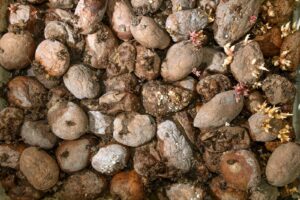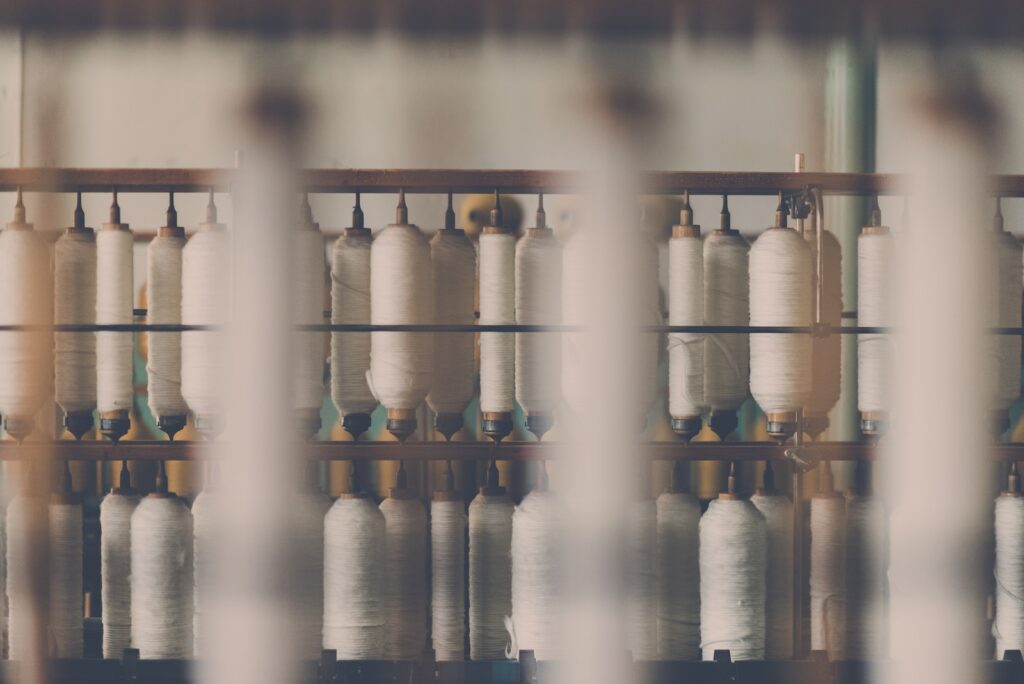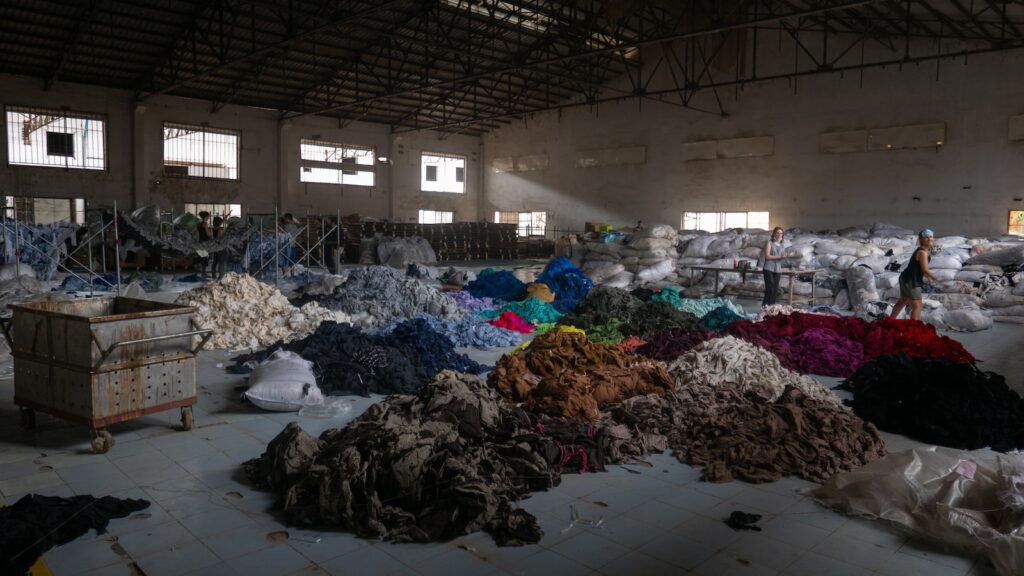Polyester: The stealth plastic we can no longer depend on
Mike Stevens is the founder of Kuroa Bedding, a company that creates high-performing, low-impact homeware. So who better to explain how the world became addicted to synthetic materials, and how we might wean ourselves off?
In October 2017, the BBC first aired the mini-series The Blue Planet II, and it promoted a profound change to sweep over our culture. While the documentary series focused on the splendour and diversity of our oceans, it also highlighted the impact of marine pollution and, specifically, how much plastic is bobbing around in our seas, destroying the beauty, serenity and life in marine habitats everywhere. The power of the striking pictures was profound; suddenly, plastic was public enemy number one.
Soon after, plastic straws were replaced with more environmentally sound, if not soggier versions. Aluminium water bottles and cotton tote bags were what you grabbed with you when you left the house. Even the Queen decreed that single-use plastics would no longer be welcome in the royal estates. The plastic-free planet revolution had begun.
Yet there is a source of plastic that, unlike those little plastic straws, has so far escaped the same type of intense public fear and loathing. Yet it is everywhere, and the damage it causes is immense. The ubiquitous stealth plastic, polyester.
Polyester is everywhere and that’s no good thing.
Polyester is made from polyethylene terephthalate, or PET which is the same plastic used to make water bottles. However, unlike water bottles, which can be recycled to make new water bottles, the same cannot be said for polyester.
Before polyester and the age of plastics came along, when you made textiles, there was a limit on how much you could make. There is a finite amount of land, crops, water, and people to make natural fibres like cotton, linen and silk.
However, by using petroleum to make PET and polyester the supply is almost limitless, the material is cheaper to make than natural fibres, it is lightweight, robust and incredibly versatile. It is for these reasons that according to the Ellen MacArthur Foundation around 60% of clothing is now made from Polyester. That’s a lot of plastic.
Polyester production uses approximately 70 million barrels of oil and releases 706 billion kgs of CO2 in emissions each year (source Textile Exchange and the WWF). It is no wonder that The United Nations estimates that 10% of the world’s carbon emissions are from the textile industry (bigger than emissions from international flights and maritime shipping combined).
It’s not just the production of polyester, which is problematic; each time polyester is washed it releases microplastics into the water system. While this problem is less visible than a turtle tangled up in an old plastic fishing net, it is potentially even more dangerous. It’s also not just a problem isolated to aquatic life, according to the WWF, each week we each inhale the equivalent of a credit card in microplastics.
The last problem caused by Polyester is that, like all plastics, it does not readily biodegrade. This problem is then made worse because polyester makes clothing and bedding so cheap, that they are seen as disposable, meaning more and more products end up in landfill, long before the end of their useable life.
What is to be done?
The first step is to recognise the problem of polyester, and like all problems, once we admit to having one, then we can go about solving it. We need to treat polyester with the same scrutiny that we have for other plastics, limit their use and seek more sustainable alternatives where possible.
We also need to reconcile the fact that polyester will be hard to replace because it is so versatile, cheap and easy to make. Just as with food and drink packaging, where the same is true, there has been a push for using recycled materials. It is not only possible to make polyester from recycled PET by doing so you can half the emissions of virgin polyester production (source Ellen Macarthur Foundation), save 20% water (source Sustainable Apparel Coalition), and, of course, divert plastic waste from landfills and reduce the demand for virgin plastics.
This is why, in recent times, forward-thinking brands like Adidas say that 96% of the polyester they use is now recycled. Outdoor sustainability-focused clothing companies like Finisterre and Patagonia don’t use virgin polyester, but you will find that they use recycled polyester in many of their products.
However, recycled Polyester is not as simple as recycling a plastic bottle. Most of the plastic polymers used in recycled polyester do not come from virgin polyester. Instead, they come from other sources of PET, such as plastic bottles. The reason for this is that unlike a plastic bottle, which can be recycled back into bottles many times, generally, once PET becomes polyester, that is the last time it can be recycled.
While there has been progress, at present, there are not the processes or providers around to do the extraction needed to make polyester truly circular. Meaning that while recycled polyester is better than using virgin materials, the depressing reality is the next stop for a recycled polyester product is slow death in landfill and not further recycling. For this reason, It has been argued we should not turn waste PET into polyester but only use it in products that are currently more circular. In addition to this limitation, the intensive process of mechanically recycling PET plastic into polyester uses lots of toxic chemicals and releases even more microplastics in the conversion process.
The other consideration is that consumers mistakenly believe that rather than mitigation, the sustainability benefits of recycled polyester are so great they can continue the cycle of overconsumption rather than looking to buy less, buy better and make it last.
So what now?
Polyester is still going to be around, and many brands including those like us who are driven by sustainability and lowering our impact will still need to consider it. However, it is clear that we should all step up our efforts to remove as much polyester and other plastics as we can from the supply chain.
In our instance, we have never used and will never use virgin polyester. The only place we have experimented with recycled polyester is in our thread. This is because it is very strong and durable and helps our products to last. That does not mean that is the end of it. We are also using cotton threads to see if a natural alternative can do the job as well.
I would encourage all brands who make textiles to talk about their material choices and look to both nature and material science to help them evolve their products into ones that are not so damaging to the one home we all share.
More features:
Breaking the stagnation cycle: The case for a greener political agenda
Climate control: Alternatives to F-gases for organisations and their estates
Images: 🇸🇮 Janko Ferlič (Top) / Francois Le Nguyen (Middle)


















